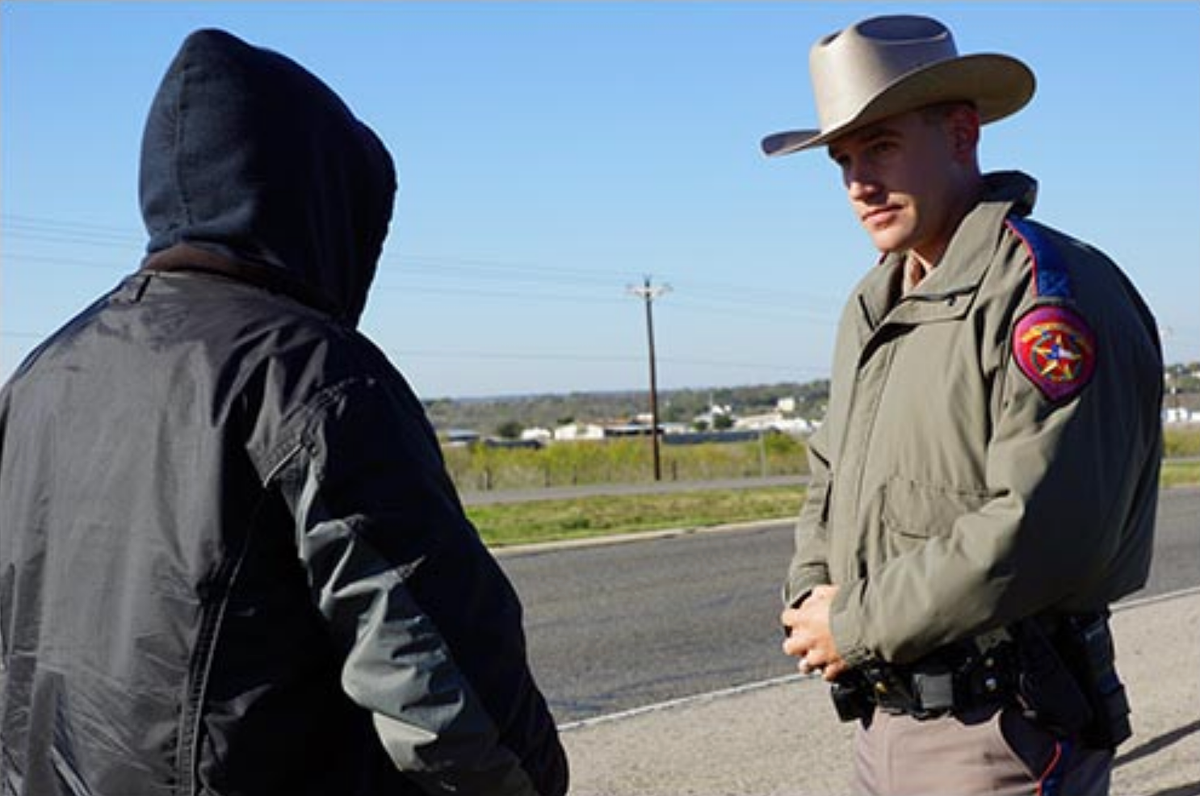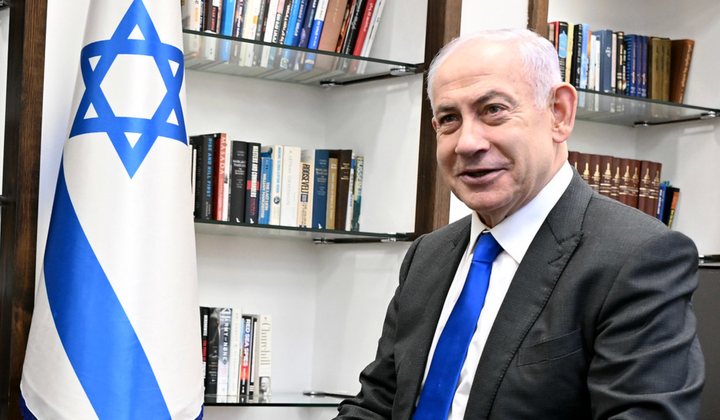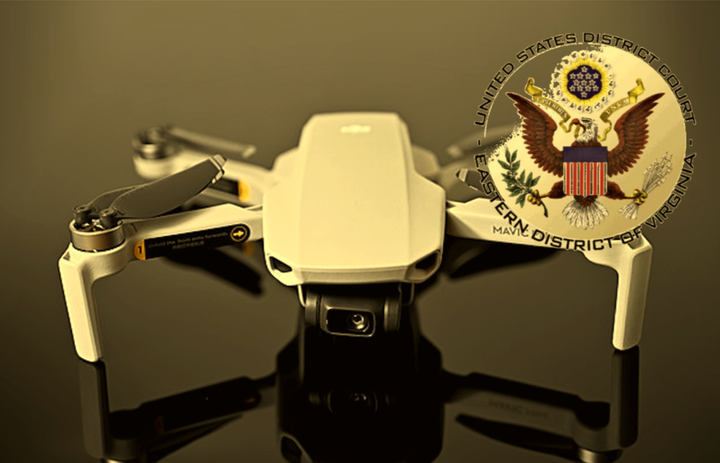Texas Drone Restrictions Opposed By Journalists Once Again Upheld By US Appeals Court
A U.S. district court previously determined that the Texas drone restrictions were overbroad, underinclusive, and prone to arbitrary enforcement against journalists.

The following article was made possible by paid subscribers of The Dissenter. Become a subscriber and support independent journalism in defense of press freedom.
A United States appeals court refused to reverse a prior decision that upheld provisions in a Texas state law, which may be used to criminalize journalists who gather news by flying drones.
In 2019, the National Press Photographers Association (NPPA), Texas Press Association, and a freelance reporter named Joe Pappalardo sued Texas state officials and urged the U.S. District Court in the Western District of Texas in Austin to declare regulations on unmanned aerial vehicles unconstitutional.
The lawsuit [PDF] contended that “surveillance provisions” in Texas state law violate the First Amendment by imposing “criminal and civil penalties on speech and newsgathering activity.” Any person who uses a drone to capture or publish an image of an individual or privately-owned property may violate the law if they have an “intent to conduct surveillance.”
“No-fly provisions” in the law were also challenged. According to the complaint, these provisions “unconstitutionally impose criminal penalties on newsgathering activities by making it unlawful to fly [drones] over a broad range of facilities at less than 400 feet, including over sports arenas, correctional facilities, animal feedlots, oil and gas drilling sites and pipelines, and petroleum and alumina refineries.”
As the groups alleged, the restrictions amount to a “near absolute ban” on the use of drones when combined with regulations established by the Federal Aviation Administration (FAA).
On January 10, the appeals court reaffirmed [PDF] a ruling they issued against the groups' lawsuit in October.
Previously, the U.S. district court heard the lawsuit and issued an injunction against enforcement of the restrictions on March 28, 2022.
The federal court determined that the law was not “actually necessary” for the government to achieve any “identified interest,” especially since there are other statutes that may be used to protect private property and the privacy of Texans from intrusive drones.
Furthermore, the court concluded that the provisions were both “overbroad and underinclusive.” Drone photography for “commercial purposes” is exempt while the use of drones for newsgathering on private property is outlawed. (That covers 95 percent of the state.)
The groups’ fear that Texas police and prosecutors may arbitrarily enforce the provisions was also recognized by the court, especially since the meaning of “commercial purposes” in the no-fly provisions could not be clearly articulated by Texas state officials.
Both the Texas Department of Public Safety and the Texas Highway Patrol were prohibited from enforcing the provisions. But last October, the Fifth Circuit Court of Appeals reversed the lower court decision, vacated the injunction, and rejected the constitutional challenge brought on behalf of journalists.
“Plaintiffs’ First Amendment challenge to the No-Fly provisions falters because ‘only conduct that is ‘inherently expressive’ is entitled to First Amendment protection,’” the appeals court declared [PDF]. “The operation of a drone is not inherently expressive—nor is it expressive to fly a drone 400 feet over a prison, sports venue, or critical infrastructure facility. And nothing in the No-Fly provisions has anything to do with speech or expression. These are flight restrictions, not speech restrictions.”
In regards to the surveillance provisions, the appeals court argued that the U.S. Supreme Court has declined to create a “special privilege to invade the rights and liberties of others.” Stealing documents or engaging in wiretapping could provide a media organization with newsworthy information. Similarly, as the appeals court suggested, journalists have no right to engage in trespassing when gathering news.
The appeals court accepted the absurd notion that the press has operated without constitutional protections for drones since the country was founded and still managed to flourish. So there is no need to worry about laws that unfairly regulate photography and a person’s right to record. (Of course, unmanned aerial vehicle technology did not exist for the framers of the Constitution to regulate when they established freedom of the press.)
In October, the NPPA responded to the appeals court decision, especially the fact that they presumed violations almost always involve privacy violations. “We believe the statute is broader than that and it has been used against journalists in situations that didn’t implicate privacy rights.”
“One glimmer of hope,” according to NPPA, was that the appeals court left the door open for a challenge to the provisions if they are applied in a manner that violates the First Amendment or freedom of the press.
“If you are prosecuted or sued for using your drone in a way that should be protected under the First Amendment, you may still have an opportunity to challenge the law under your specific facts,” the NPPA stated.
The law has clearly impacted journalists, and the appeals court did not dispute the claim from journalist groups that a chilling effect exists. For example, consider two journalists (both NPPA members) who shared experiences that were acknowledged in the appeals court decision.
In July 2018, Guillermo Calzada “flew his drone near the site of an apartment fire in San Marcos, Texas, to capture images for his employer, the San Antonio Express-News. An unnamed federal agent at the scene approached him and told him that he was interfering with a federal investigation. The agent then called the San Marcos police.”
“An unnamed police officer arrived and told Calzada that he had violated state law by taking pictures with his drone and that, if he published them, he would be violating the law again,” but later indicated that Calzada would not be cited or charged.
Freelance journalist Brandon Wade was working for the Fort Worth Star-Telegram in 2018, when he was assigned to “document the construction of a new ballpark for the Texas Rangers.” The Rangers refused to grant Wade permission to film the stadium, however, the baseball team hired Wade to record video that they could use when promoting the team.
The Rangers claim that they own the copyright to the footage, and Wade says that he “lost thousands of dollars” because he cannot sell the video to other media organizations. (The stadium, Globe Life Field, was funded with $500 million from the city of Arlington, and the city adopted a half cent sales tax, two percent hotel tax, and five percent car rental tax to help cover the cost.)
To be clear, the appeals court defended a law—twice—that allows the state of Texas to invoke the safety of “critical infrastructure” and prevent journalists from flying a drone over a stadium built with taxpayer money. But if an advertiser flies a drone over that same stadium, there is no security problem. They will not be approached by police and informed that they are violating a law established for "public protection."
Engineers, professors, and real estate brokers are exempt under the Texas drone law, according to the Reporters Committee for Freedom of the Press. Reporters on the other hand are barred from similar drone photography, including recordings of scenes of disaster (e.g. an oil refinery explosion).
Press freedom groups and media organizations opposed to the provisions have not asked for special rights, which are not extended to all citizens. They have objected to a law tailored to protect corporate and special interests that has unfairly imposed obstacles to exercising their right to photograph and record news for the public.




Comments ()